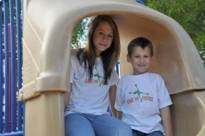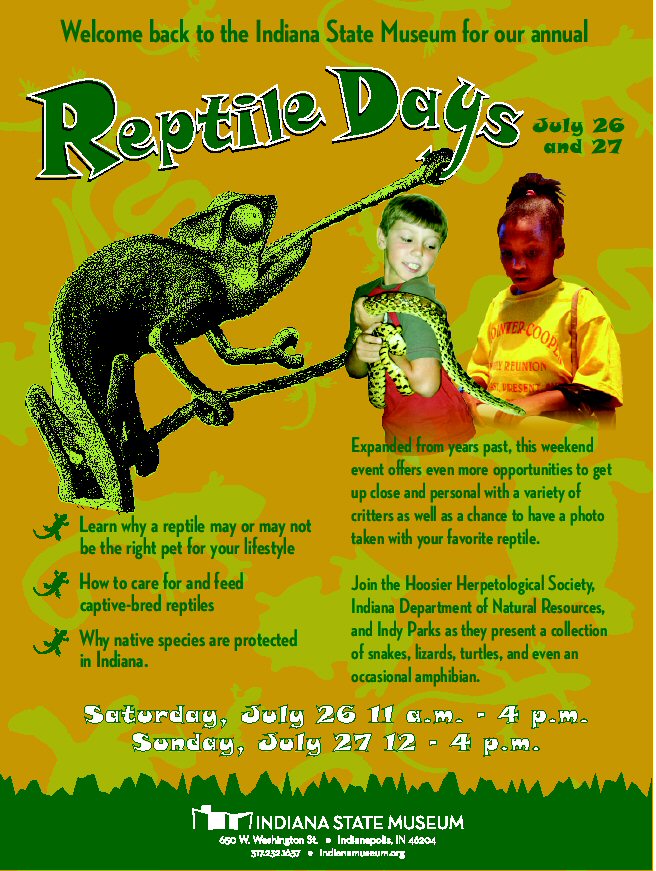Now that Old MacDonald isn't controlling the farm any more, Things looking up for Twain's Famous Frog
Mood:
 a-ok
Topic: Articles
a-ok
Topic: Articles
NEWS RELEASE
The Center for North American Herpetology
Lawrence, Kansas
http://www.cnah.org
1 October 2008
PROPOSAL TO INCREASE CRITICAL HABITAT AREA FOUR-FOLD
FOR CALIFORNIA RED-LEGGED FROG
1.3 Million Acres May Regain Protection after Investigation into Interior Department
Scandals, Citizen Lawsuit
Sacramento, California – Under scrutiny for political corruption regarding numerous
endangered species decisions and facing a lawsuit over improper tampering with
protected critical habitat, the U.S. Fish and Wildlife Service is proposing to restore
significant areas of critical habitat for the California Red-legged Frog (Rana draytonii). The
Service today proposed quadrupling the protected areas by designating approximately
1,804,865 acres of critical habitat for the frog in 28 California counties.
"No endangered species can survive without its habitat intact, and the Red-legged Frog
desperately needs protection of adequate wetlands habitat throughout its former range,"
said Jeff Miller, conservation advocate with the Center for Biological Diversity. "Today's
proposal is step toward biological meaningful protections for the frog, but unfortunately
numerous other endangered species still have inadequate habitat protections because
bureaucrats have illegally slashed millions of acres from proposals by agency scientists."
In November 2007, under pressure brought about by the Center and the media
highlighting Interior Department corruption, the Service announced the reversal of six
illegal Endangered Species Act decisions, including the California Red-legged Frog’s 2006
critical habitat designation. The Service listed the Red-legged Frog as a threatened species
in 1996. It published a proposed rule to designate 4,138,064 acres of critical habitat in
2004. In response to a lawsuit by developers, the Service revised the proposal in 2005 to
only 737,912 acres, and finalized the rule in 2006 with just 450,288 acres - a reduction of
90 percent from the original proposed rule. Today’s proposal would increase the critical
habitat by approximately 1,354,577 acres.
"Even with the announced increase in acreage, the Red-legged Frog will receive habitat
protection for less than half the areas that agency biologists have identified as essential
for the recovery of the species," said Miller. "Under the Bush administration, the Fish and
Wildlife Service has consistently slashed the size of proposed critical habitats, so we will
be watching the final designation closely."
In 2007 the Center for Biological Diversity and other groups filed lawsuits challenging the
Service’s refusal to properly designate and protect critical habitat areas for 19 endangered
species, including the California Red-legged Frog. The suits are part of a broader effort by
the Center to challenge political corruption harming 55 endangered species and over 8.5
million acres of wildlife habitat. Many of the flawed critical habitat decisions were
engineered by Julie MacDonald, the disgraced former Deputy Assistant Secretary of Interior
who resigned in 2007 following a scathing report by the Inspector General and
investigations into political meddling in scientific decisions by MacDonald and other high
level officials in the Department of Interior and the Fish and Wildlife Service.
In a 2007 regional review of endangered species decisions potentially tainted by
Macdonald, the California/Nevada Operations office of the Service declared that the Red-
legged Frog critical habitat decision was invalid and should be redone. Director Dale Hall,
in a memo to Assistant Secretary of Interior Lynn Scarlett confirmed the frog as one of the
decisions “that should be re-evaluated.”
The Service cited a biased and controversial economic analysis as justification for cutting
the original habitat designation for the frog from 4.1 million acres to 450,000 acres, a
reduction of 90 percent. From 2000 to 2003 the Service shrunk the size of proposed
critical habitats for species on average by 75 percent. The Service is contemplating
excluding areas from the final rule for the frog based on a planned revision of the
economic analysis, and may exclude other areas based on supposed conservation
measures in place to protect the species.
Critical habitat can be the most effective tool for recovering species beyond listing under
the Endangered Species Act. A scientific study published in BioScience in 2005 showed
that endangered species with critical habitat are twice as likely to recover as species that
do not have critical habitat designated.
Made famous in the Mark Twain story, The Celebrated Jumping Frog of Calaveras County,
the California Red-legged Frog has lost more than 70 percent of its historic habitat. Frog
populations have declined due to habitat loss from urbanization and introduction of exotic
species such as Bullfrogs. The Red-legged Frog is believed to be extinct in the Central
Valley and is extirpated from 99 percent of its Sierra Nevada range. Currently, the
strongest breeding populations remaining are found along the coast from San Mateo to
San Luis Obispo counties.
The Red-legged Frog prefers ponds, marshes and creeks with still water. It requires
riparian and upland areas with dense vegetation and open areas for cover, aestivation
(summertime hibernation), food and basking. Undisturbed riparian vegetation is also
necessary for female frogs to attach their egg masses, which float on the water surface
until hatched (5-7 months).
The proposal includes 49 units of critical habitat for the frog in Alameda, Butte, Calaveras,
Contra Costa, El Dorado, Kern, Kings, Los Angeles, Marin, Mendocino, Merced, Monterey,
Napa, Nevada, Placer, Riverside, San Benito, San Joaquin, San Luis Obispo, San Mateo,
Santa Barbara, Santa Clara, Santa Cruz, Solano, Sonoma, Stanislaus, Ventura, and Yuba
Counties.
Background information on the red-legged frog can be found on the Center for Biological
Diversity Web site at:
http://www.biologicaldiversity.org/species/amphibians/California_red-legged_frog/
index.html
Background information on political interference with endangered species decisions by
Fish and Wildlife Service bureaucrats can be found at:
http://www.biologicaldiversity.org/campaigns/watchfrogging_political_corruption/
index.html
Today's Federal Register notice on the revised critical habitat is at:
http://edocket.access.gpo.gov/2008/pdf/E8-20473.pdf
The Center for Biological Diversity is a nonprofit conservation organization with 180,000
members and online activists, dedicated to the protection of endangered species and wild
places.
Contacts:
Jeff Miller, Center for Biological Diversity (510) 499-9185
Peter Galvin, Center for Biological Diversity (707) 986-2600
Center for Biological Diversity
351 California Street, Suite 600
San Francisco, California 94104
Phone: (415) 436-9682 x303
Fax: (415) 436-9683
Web site:
www.biologicaldiversity.org
The Center for Biological Diversity works through science, law, and media to secure a
future for all species, great or small, hovering on the brink of extinction.
Posted by wendellsfrogblog
at 2:39 PM EDT



